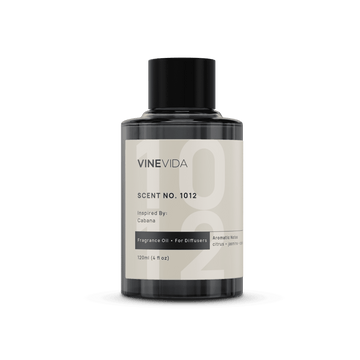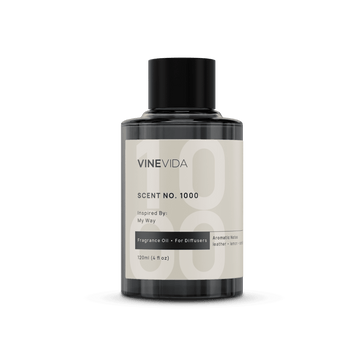Scientific Name: Mentha Arvensis
Origin: USA
Plant Part: Leaves
Scent: Minty and Menthol-like
Color: Clear
Consistency: Thin
Perfumery Note: Top
Initial Aroma Strength: Strong
Extraction Method: Steam Distilled
Peppermint Essential Oil (Arvensis): Uses, Benefits, and Blends
Coming from the wild mint plant, peppermint essential oil benefits include its ability to promote hair growth, as well as acting as an effective pain reliever. Hair loss sometimes occurs due to a lack of blood flow to the hair follicles. Peppermint oil contains menthol, which helps to increase blood circulation. This means not only can you enjoy the unique tingling sensation of peppermint essential oil while you wash your hair, but you may also be helping it to grow longer, thicker, and faster. Peppermint oil also works as a treat for fast relief of pain due to sinus headaches and migraines. Simply dilute this essential oil with a carrier oil and rub it onto the skin to help ease pain, stress, and tension.
Mentha Arvensis, also known as wild mint, or corn mint, is a rapidly growing creeper plant. Similar to its cousin, Mentha Piperita, this peppermint plant displays brilliantly green leaves that flower to show pink and purple blooms. Wild mint also contains higher levels of menthol than Mentha Piperita. The peppermint essential oil extracted from the wild mint plant is a favorite of aromatherapists and traditional healers due to its menthol content, as it is a common ingredient in many over-the-counter medicines. So, what is peppermint essential oil used for? Peppermint essential oil benefits include the potential to help stimulate hair growth, treat indigestion, and—of course—relieve pain.
Peppermint Essential Oil Benefits: Component Breakdown
- Menthol: Menthol is not only one of the main components of peppermint oil, but it also contributes to peppermint essential oil uses and benefits. The cooling properties of menthol make it a key ingredient in soothing ointments and lozenges used to treat pain symptoms. This is because of the analgesic properties that menthol contains.
- Menthone: Menthone varies in color from clear to light yellow, and naturally occurs as a liquid. Common in perfumes, you can also find this component in use for the flavoring of food and beverages. Menthone contributes to peppermint essential oil benefits as early studies indicate that it may potentially be an effective antidepressant.
- Isomenthone: Isomenthone is a monoterpene that offers a natural minty flavor. It is similar in makeup to menthol and is another common flavoring ingredient, as well as being found in perfumes and cosmetics.
- Limonene: Another monoterpene, limonene is most common in the rinds of citrus fruits. However, you can find it occurring naturally in other essential oils such as peppermint. Limonene is one of the most common terpenes, and it has many reputed benefits. It is a very common flavoring and perfume agent and is in many everyday products including cleaning, cosmetic, and beauty products.
- Pinene: As the name indicates, pinene naturally occurs in pine resin. However, like limonene, you can also find it in other essential oils. Pinene is a natural insecticide and you will commonly see it in products that repel insects.
Peppermint Essential Oil Uses: For Wholesale Purposes
Most people are very familiar with mint, but peppermint essential oil benefits extend far past this plant’s culinary delights. We are going to take a look at some of the wholesale peppermint essential oil uses, and how to achieve the most benefit from them!
Peppermint Essential Oil (Arvensis) for Hair
Peppermint essential oil of the Arvensis variety is very high in menthol. Menthol can help improve blood flow and circulation, a factor In certain types of hair loss (such as male pattern baldness). As peppermint oil contains menthol, it can help to increase blood flow to these follicles. Add peppermint essential oil to your shampoo or conditioner, or even do a DIY hair mask! To make a hair mask at home, add 3-6 drops of peppermint oil to every ounce of carrier oil, and massage it into hair and scalp. Leave on for five minutes, then rinse out and shampoo hair as usual.
Peppermint Essential Oil for Headaches
Using peppermint essential oil for headaches is one of the more common natural treatments. This is because it contains high amounts of menthol, which works as an analgesic to reduce pain. While scientific research is lacking, anecdotal evidence tells us many people find using peppermint oil for headaches very effective. The best way to achieve quick relief from pain is to apply the oil topically. Due to the potency of peppermint oil, you will have to dilute it with a carrier oil first, such as Coconut Oil. Then you can apply it to treat headaches or sore muscles. Take care to keep peppermint away from your eyes, as even with a carrier oil it can be very strong.
Using Peppermint Oil to Create Essential Oil Soaps

With more and more consumers becoming aware of toxic ingredients in commercial soaps and hygiene products, the essential soap market continues to grow. Peppermint oil can add a tingling zip to homemade soaps, giving you a rush of energy during that morning shower!
Peppermint Essential Oil Blends
Peppermint essential oil (Arvensis) is great for combination blends, as it goes well with many other fragrances. Eucalyptus, Lemon, Rose Geranium, and Orange are all favorites. For a festive flair, try using different combinations of sweet orange, Cinnamon, Rosemary, Balsam Fir, and Cedarwood.
Is Peppermint Essential Oil Safe for Dogs?
No. The American Kennel Club, or AKC, states on its website that peppermint oil is toxic to dogs. This encompasses all areas of use, including ingestion, topical, and inhalation. Inhalation also includes diffuser use. Oil droplets stick to water vapor as it diffuses, and can be inhaled or land on your pet’s fur to be ingested when they groom.
So, is peppermint essential oil safe for cats? Also no. Cats have a very different metabolism than either humans or dogs do. This leaves them unable to break down certain components common to essential oils. Always keep essential oils away from cats, as they are often curious and risk coming in direct contact with oils, even if they are being used in a passive manner such as reeds.
Read More: Oil Safe for Dogs.
Precautions
Peppermint essential warnings include avoiding use when around children and pregnant women. Additionally, if you have preexisting health conditions, including prescription medication, it is best to speak with a doctor or health professional first to ensure essential oil therapy is safe for you. Essential oils are never to be ingested due to their high concentration levels. For those who wish to use peppermint oil topically, dilute it first to avoid any skin irritation.
Flash Point
67° C
Conclusion
If you are suffering from muscle pain or pain related to sinus headaches, migraines, or tension, you may benefit from the use of peppermint essential oil. We recommend adding a few drops of peppermint oil to an ounce of carrier oil and rubbing it onto the afflicted area. You can also try adding peppermint oil to hair products or masks to help prevent hair loss and promote growth!
You may also like
Recently viewed

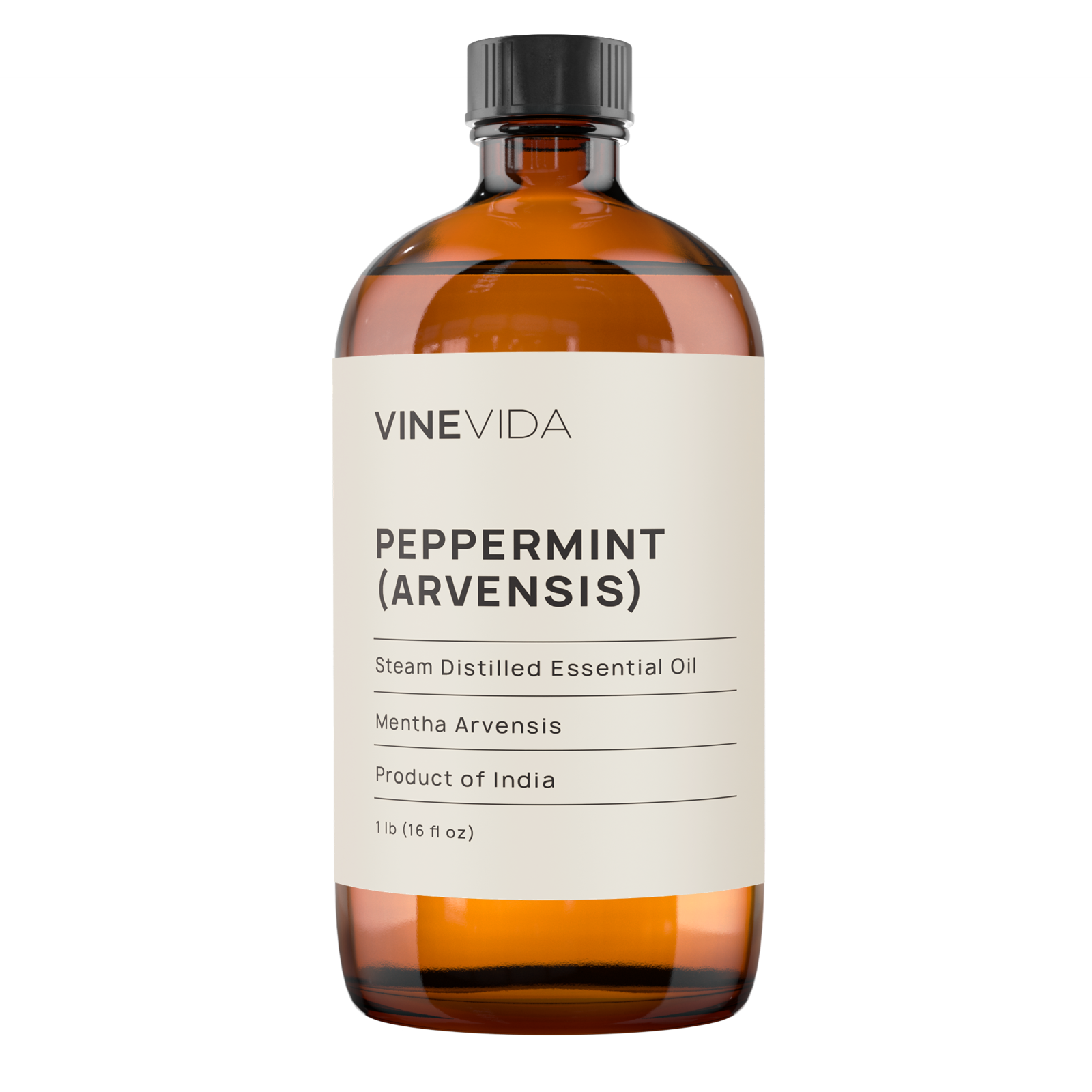
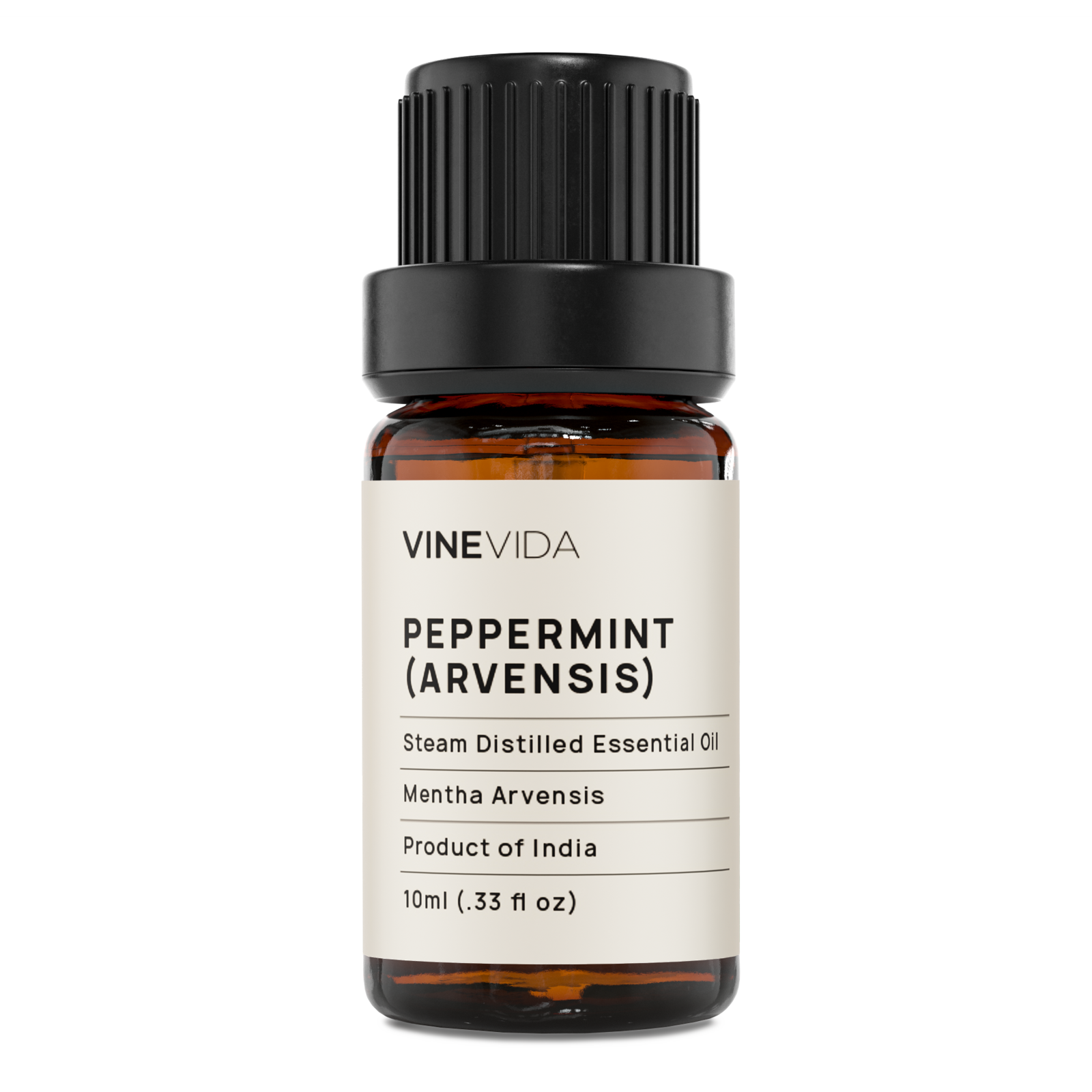
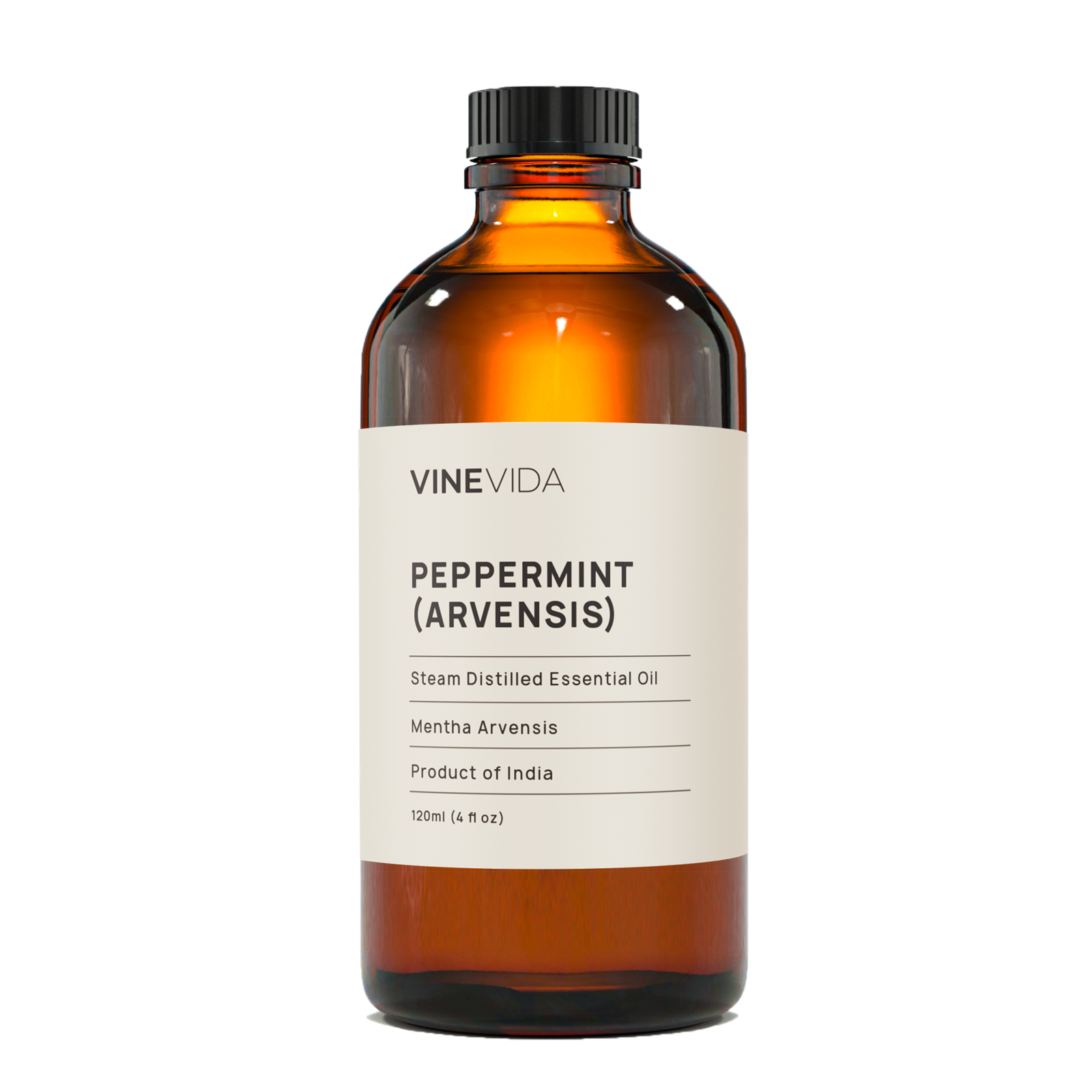
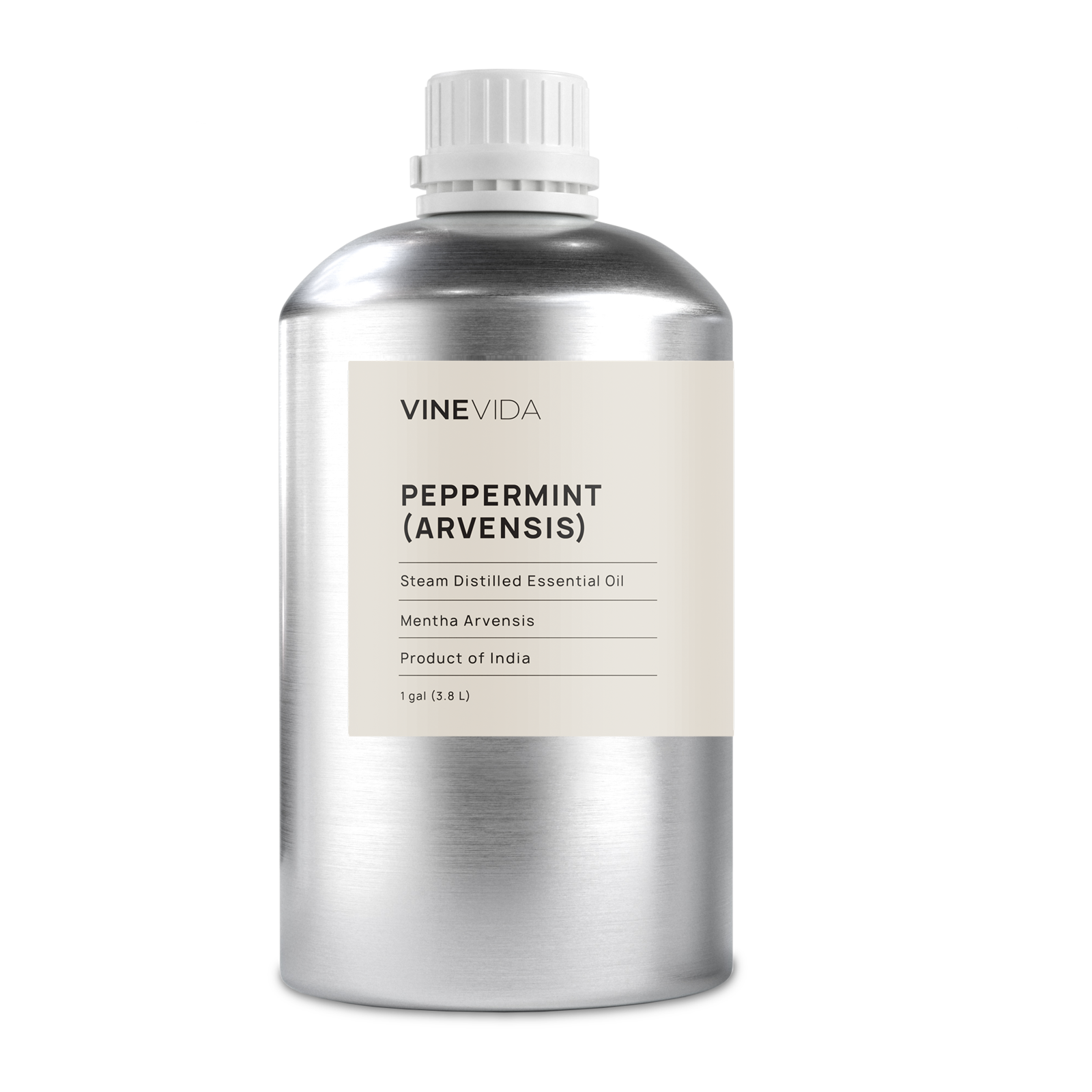
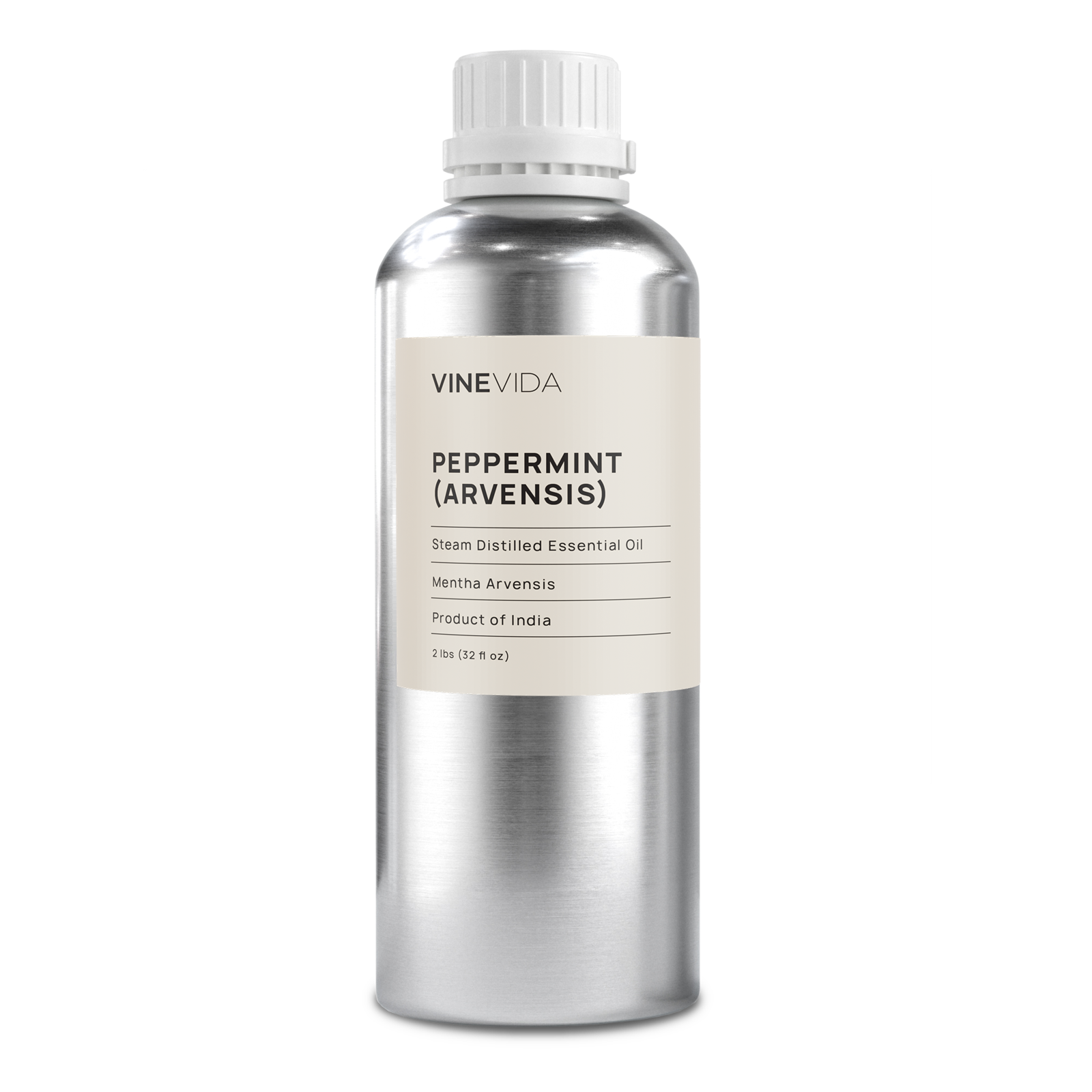
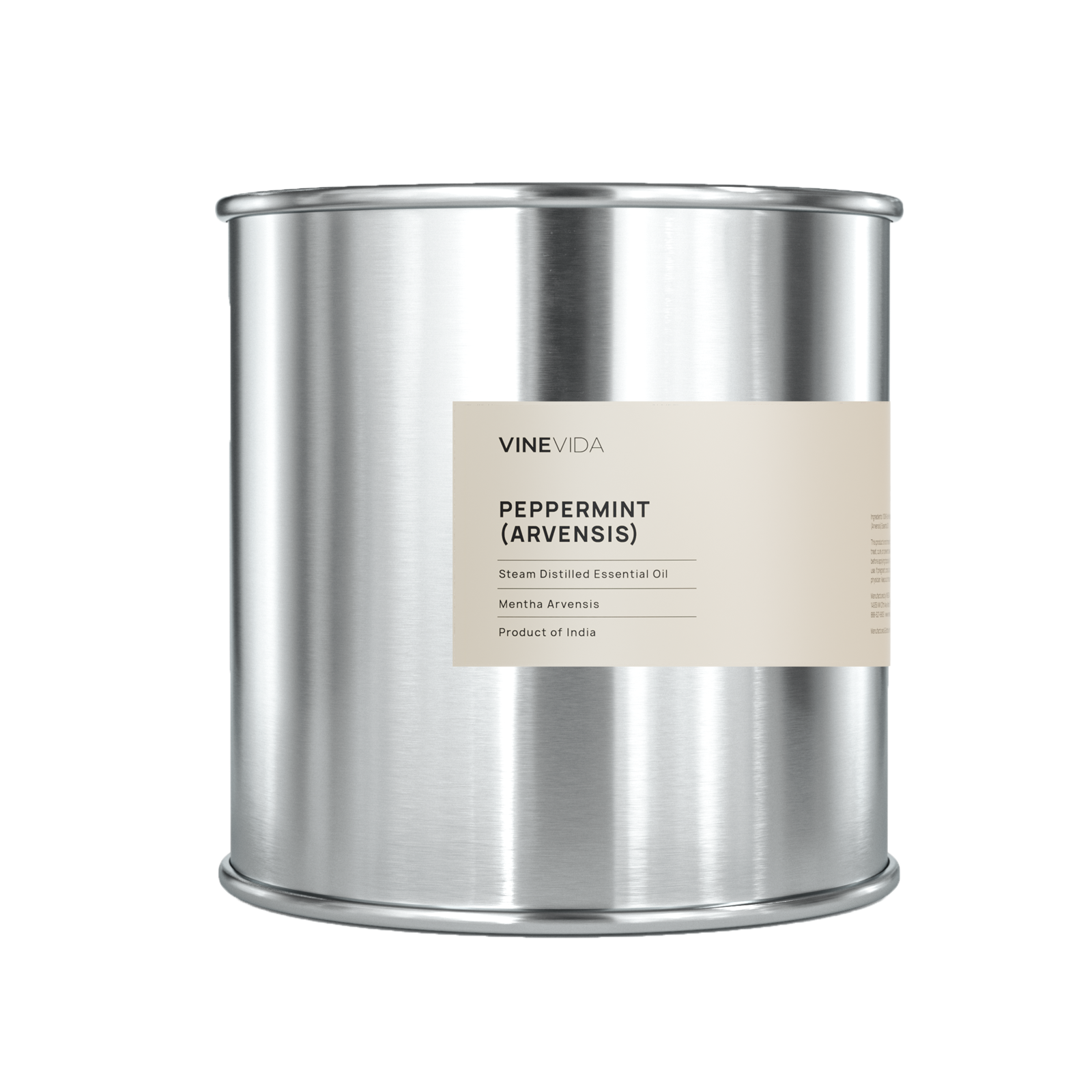
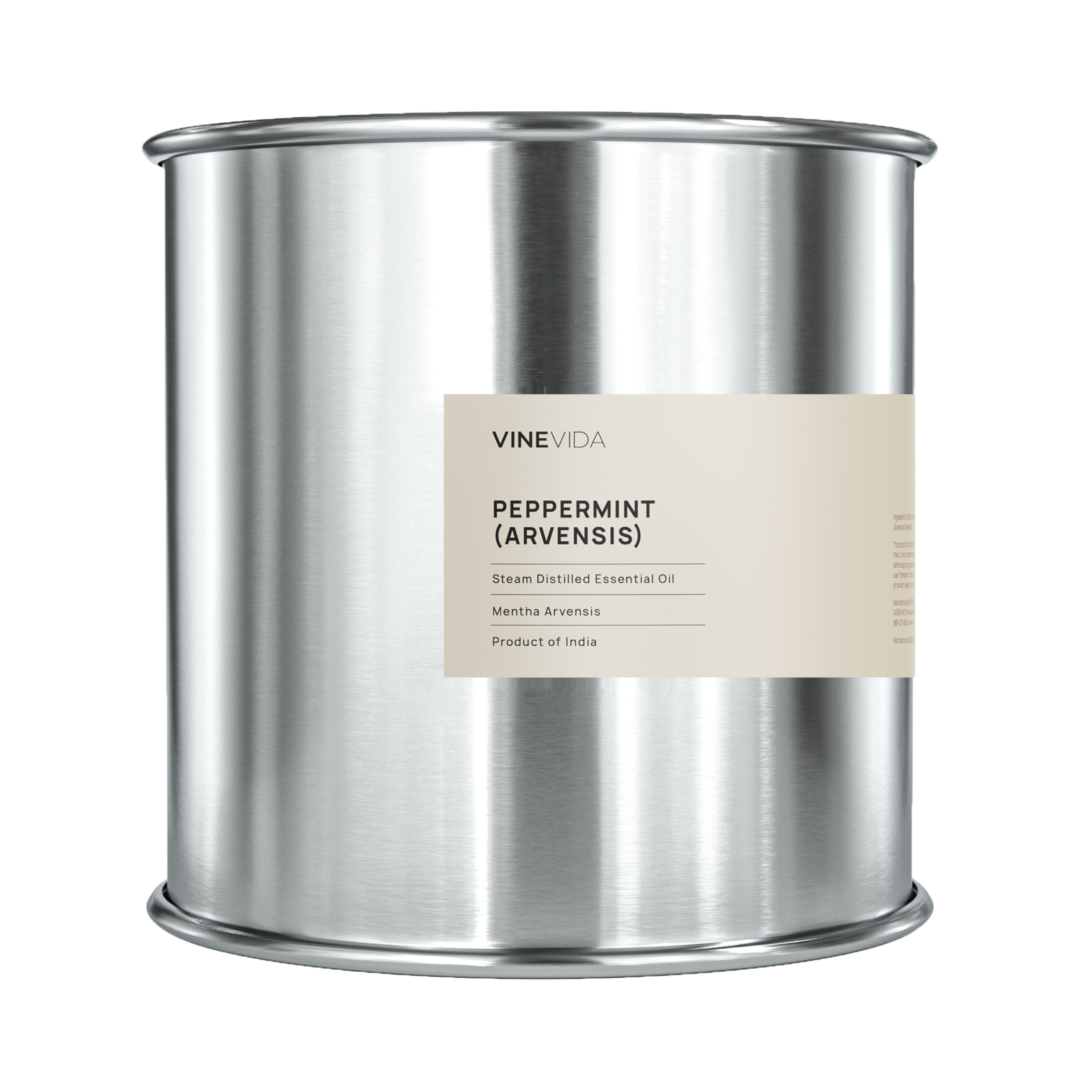
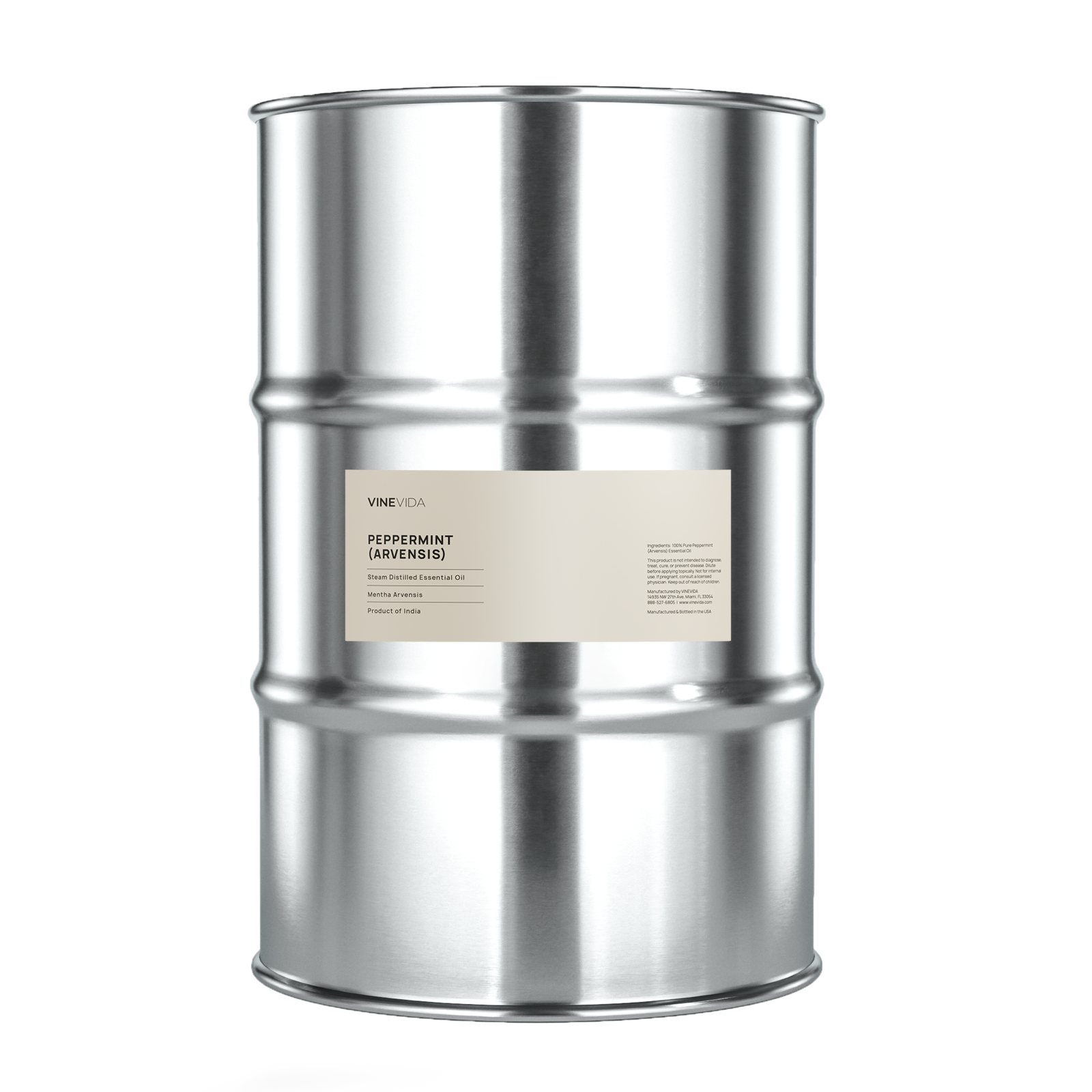






 IFRA Statement
IFRA Statement


















